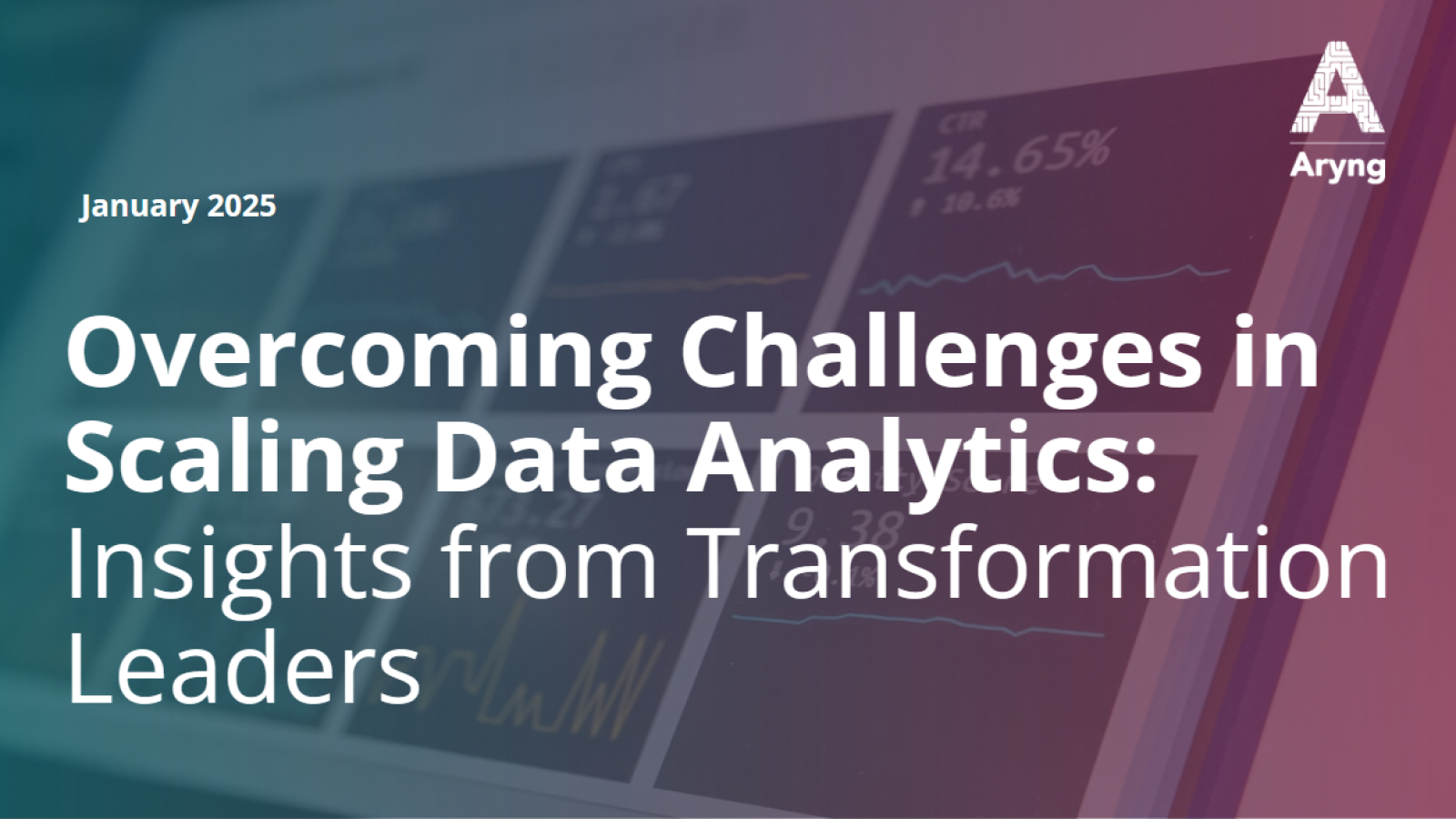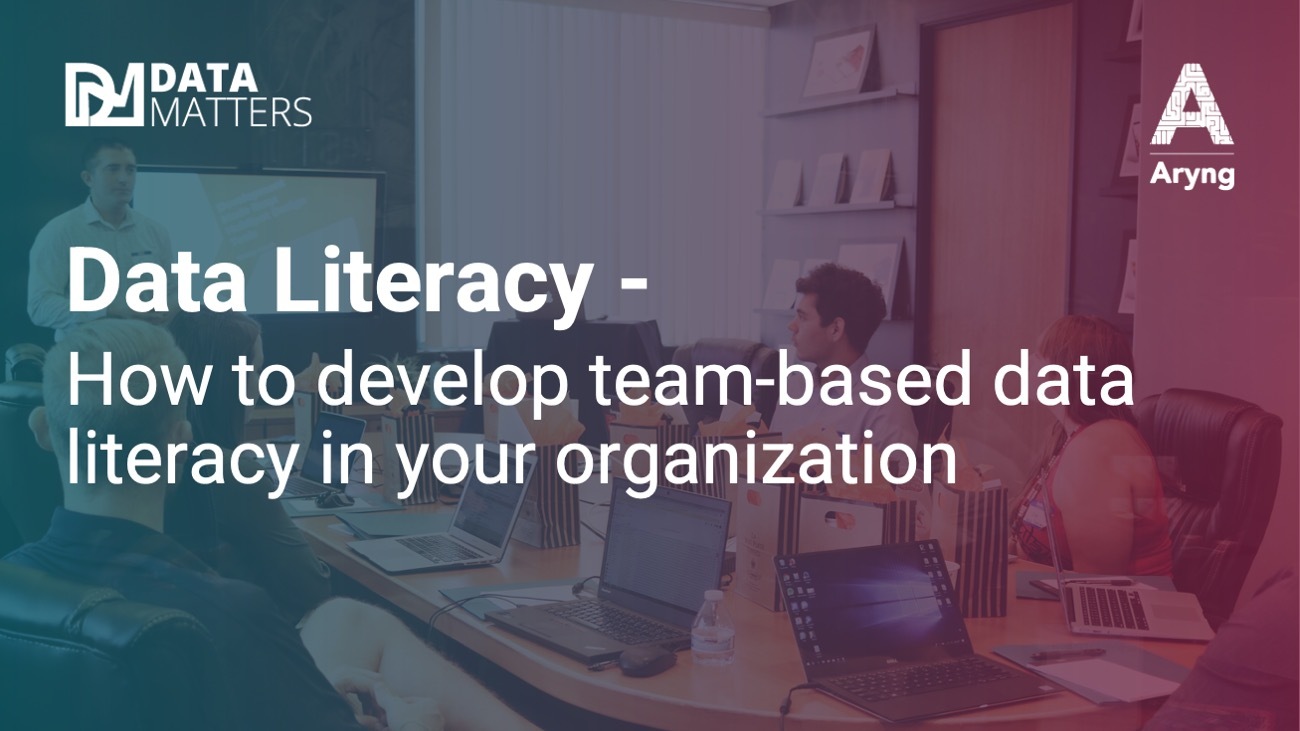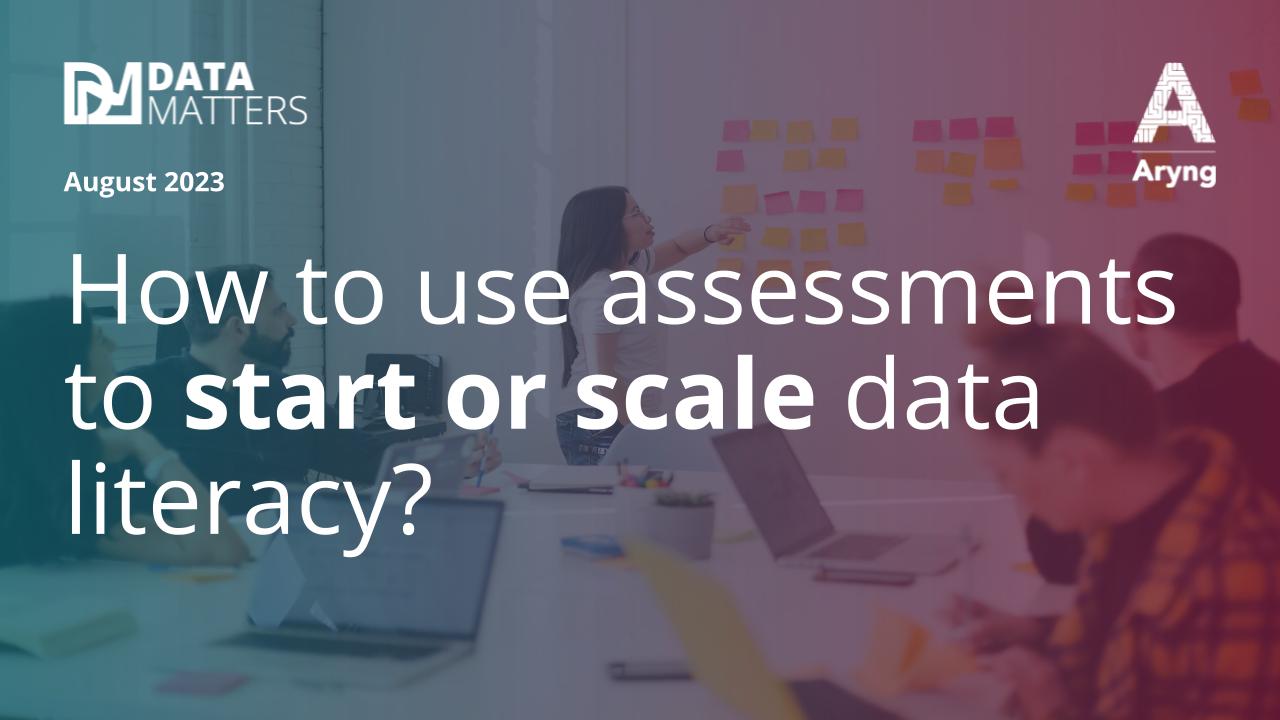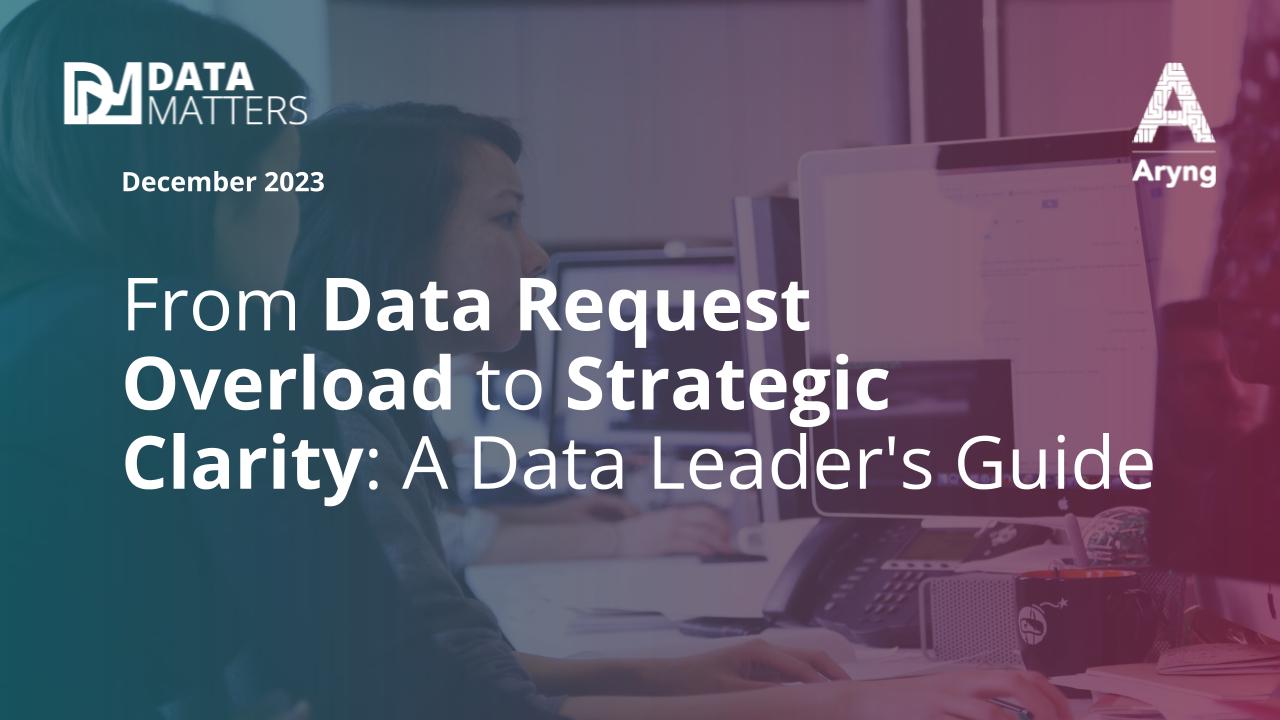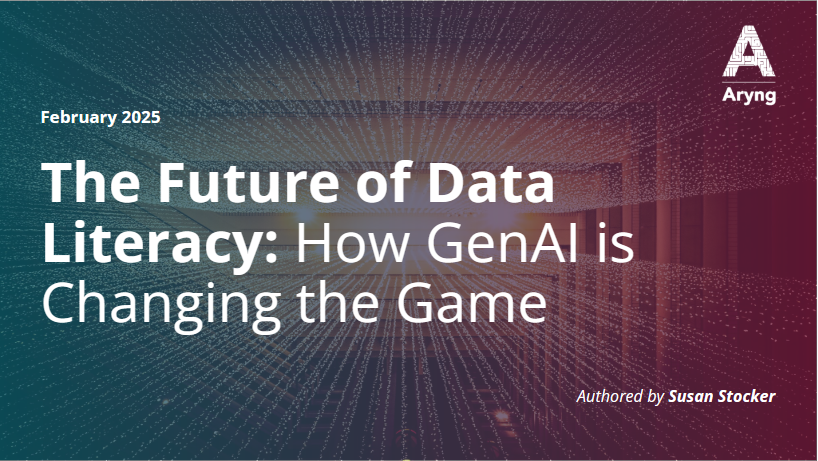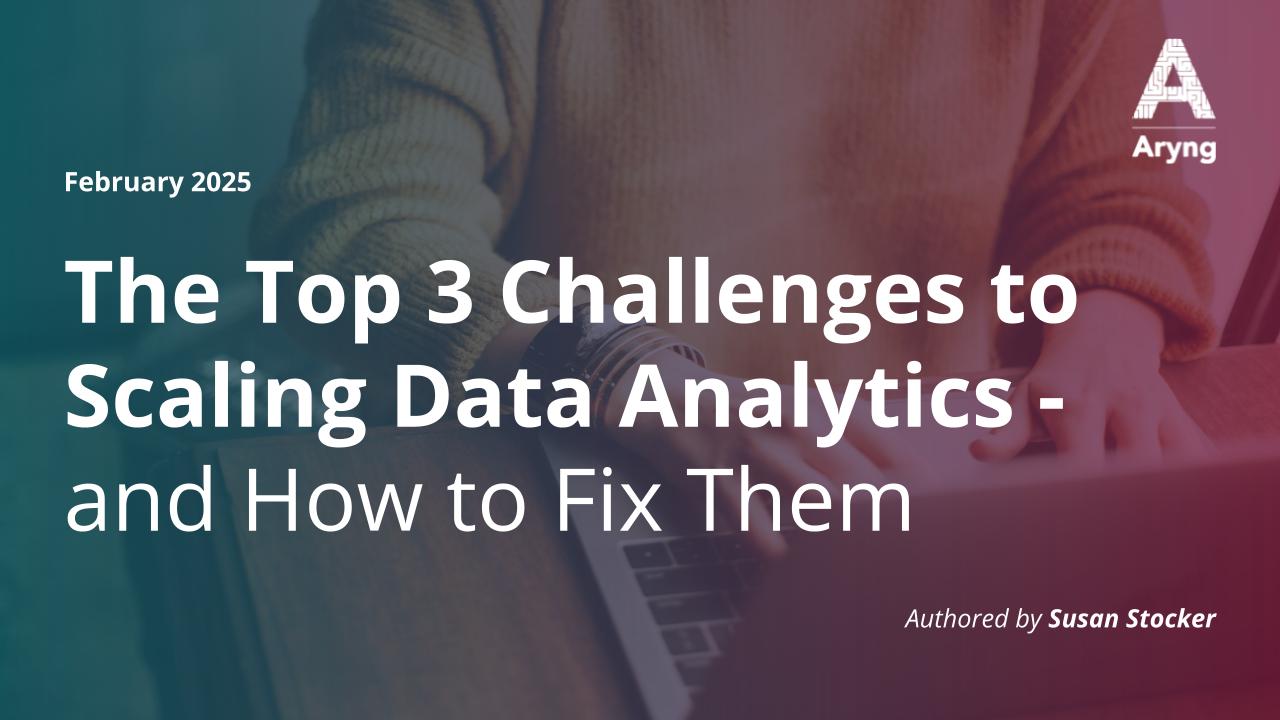Lessons Learned from Real-World Experiences
The journey to scaling data analytics capabilities – the ability to general business value from data – is fraught with challenges, as many digital transformation leaders can attest. Through their stories, we gain insights into the primary reasons that impede progress and how these obstacles can be overcome. Here, we share some of the most poignant tales that highlight three critical issues:
- A lack of strategic alignment on data analytics and the priorities
- An ineffective data analytics process that does not deliver ROI
- A deficit in non-technical skills
Lack of Strategic Alignment on Data Analytics Priorities
One transformation leader, Alex, works at a large state institution. The potential to monetize their data, through sales to external customers, justified the IT investment. For years, they struggled to align on their data analytics priorities. The executive team had different visions of how data should be utilized, leading to fragmented efforts. This misalignment led to duplicated efforts and ultimately, an over production of data that was not needed or used. Now they were paying the price. Less than 70% of their data was clean enough to migrate to the new infrastructure. The other 30% would need manual intervention. As a result, current opportunities to win new business were being lost to competitors who could come to the table with modern technology and clean data.
Lack of Time Due to Inefficient/Ineffective Process
Another digital transformation leader, Maria, described the data analytics processes that plagued her CPG company’s ability to achieve transformation goals. The company vision called for $1B in additional profit over the next several years. New product revenue and supply chain cost reduction topped the list of immediate opportunities.
Transformation project teams, including data experts, were launched with the expectation that Agile/Scrum would be used to define and iteratively deliver new digital products. However, Data Scientists struggled under the Scrum methodology and soon fell behind on sprint goals and commitments. Because there was a mandate to use Scrum, leaders and sponsors did not stop to address the problem. As a result, only one of five project teams met their MVP goals and release date. The rest took 80% longer than expected and quickly burned through $20+ million in investment with little to show.
Another transformation leader, Paul, was charged with delivering a large process automation platform to be used in manufacturing. Execution sponsors and key stakeholders were asked to prepare a list of data needs. An existing dashboard/data analytics project request fulfillment process would be used to deliver those needs. After several months, less than 20% of requests were completed. The other 80% never made it into production because of delays and bottlenecks, or the requests that were no longer of value to the stakeholder.
The Human Skills Deficit
John’s story about digital transformation at a major airline, highlights the challenge of recognizing the right combination of human skills that are needed for real transformation to be successful. John’s transformation team installed a new data visualization application. After several months, leaders began using the new set of dashboards in their MBR. As they did, executives became frustrated. The data did not give them the insights needed to avoid cost and productivity overruns. Decisions were still too reactive.
Although the data analyses and visualizations were technically sound, they lacked relevance to business decisions. Insights were not actionable. Moreover, they did not learn this until the MBR, after months of work on the dashboards. The next iteration of dashboards was only marginally better because skill deficits in critical thinking, collaboration, and stakeholder management were not recognized.
Lessons Learned and Stop Gaps
The experiences of these digital transformation leaders offer valuable lessons for pilots and for scaling data analytics capabilities:
- The temptation to go for quick wins is a bottom-up approach that does not scale and therefore is not a true pilot of value delivery. At best, it is a change management tactic for early adopters. Instead, seek top-down strategic alignment on the data strategy that fosters clear communication and a shared vision.
- Three actions can be done in a few weeks:
- Get alignment on key business metrics that all data analytics effort should target,
- Establish a plan for single-source-of-truth that guides decisions on high value data and minimizes overproduction,
- Prioritize high value business use cases where data can quickly deliver ROI.
- Three actions can be done in a few weeks:
- An existing “data/dashboard request intake process” typically seeks to maximize the productivity of the data team or data tool experts. Delivery of business value is rarely measured. Agile is not fit for purpose when your deliverable is an algorithm.
- Two actions for Transformation leaders to take are:
- Prioritize “time-to-value” as the key data analytics process metric to focus the team on meaningful business outcomes.
- A current state, end-to-end, VSM can be done in a few days. (The VSM is different from the intake process) It will expose waste, defects, rework, and delays in the existing data analytics process. A future state VSM that efficiently delivers ROI is the one you want to pilot and scale. And it will deliver quick wins.
- Two actions for Transformation leaders to take are:
- Transformations tend to focus exclusively on technical skill gaps. However, a study of hundreds of data analytics projects shows the correlation between technical skills and project success is less than 10%. The much higher correlation to ROI comes from the ability to combine specific skills in the context of the streamlined data analytics VSM. For example, when the questioning skill (part of critical thinking) is combined with the problem decomposition skill, there is a 55% R-square value to project ROI. In contrast, if the team starts gathering data before correctly applying questioning and problem decomposition skills, the project failure rate is 92%.
- Transformation leaders can take these simple actions:
- Incorporate training and coaching with hands-on projects to ensure people learn to apply the right combination of skills that are required for your future state VSM.
- Get key stakeholders to choose high value use cases for training+projects. This creates buy in and accountability for upskilling their people.
- Transformation leaders can take these simple actions:
By addressing these challenges head-on and focusing on time-to-value, transformation leaders can begin to unlock the full potential of their data analytics capabilities and drive transformative in the short-term.
About the author:
Susan Stocker partners with Digital Transformation executives, Data leaders, Software Development/Agile leaders, and other functional leaders, to align and transform the workforce through the adoption and scaling of new digital and data-driven ways of working.
Susan is a passionate advocate for transforming human and process performance in the digital world. For 9 years she served as the first Global Learning Leader at GE Digital. For the past 6 years she has worked as an L&D consultant for clients like Mayo Clinic’s Center for Digital Health and Kraft Heinz Digital Transformation Division.
As Aryng’s Principal Data Literacy Consultant, she has worked with many clients to define and implement a practical, ROI driven roadmap that streamlines the cross-functional data analytics process, aligns decision-making, and scales skill building.
Susan is also a deep, hands-on practitioner – a certified Master Back in Lean and Six Sigma, a Certified Citizen Data Analyst. a Certified Scrum Master, and a Certified Change Acceleration leader. This expertise gives her the ability to share unique, data driven insights into the combined effects of human and process performance, and its impact on delivering strategic business results.

